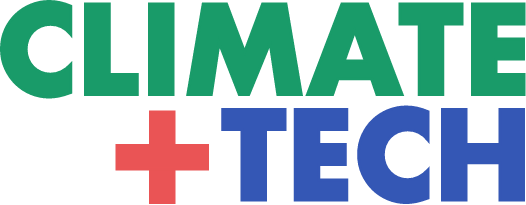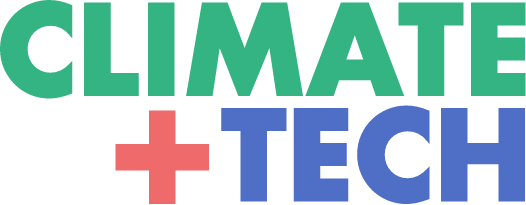Join us in exploring the tactics companies use to evade carbon emission compliance and the implications for environmental policy, with expert insights from Lolie Cambolive.
Research Study: Unmasking Carbon Emission Compliance Evasion - Call for Participation
AI driven study: Unmasking Carbon Emission Compliance Evasion
In the ongoing battle against climate change, regulatory frameworks play a crucial role in curbing carbon emissions. However, the effectiveness of these regulations is often undermined by sophisticated evasion strategies employed by corporations. In collaboration with guest researcher Lolie Cambolive, we are conducting a study to delve into the intricate world of carbon emission compliance evasion, and we invite you to participate.

The Landscape of Carbon Emission Regulations
Carbon emission regulations are designed to limit the amount of greenhouse gases that companies can emit, thereby mitigating the impact of industrial activities on global warming. These regulations vary by region and industry, but they all share a common goal: to promote environmental sustainability and reduce the carbon footprint of businesses.
Tactics of Compliance Evasion
Despite the stringent regulations, some companies resort to various tactics to evade compliance. Lolie Cambolive’s preliminary research identifies several key strategies:
1. Misreporting Emissions
One of the most common evasion tactics is the deliberate misreporting of emission levels. Companies may underreport their emissions to appear compliant with regulatory standards, thereby avoiding penalties and maintaining a favorable public image.
2. Exploiting Regulatory Loopholes
Corporations often exploit ambiguities and loopholes in regulatory frameworks. By taking advantage of vague definitions and exceptions, they can legally circumvent emission limits without technically breaking the law.
3. Offsetting Emissions
While carbon offsetting is a legitimate practice, some companies misuse it to create a facade of compliance. They may invest in low-quality or dubious offset projects that do not genuinely reduce emissions, thereby masking their true environmental impact.
4. Shifting Emissions
Another tactic involves shifting emissions to jurisdictions with laxer regulations. By relocating high-emission activities to countries with less stringent environmental laws, companies can reduce their reported emissions in more regulated regions.
Leveraging AI for Validation
Our study is partly based on the findings from the paper “CHATREPORT: Democratizing Sustainability Disclosure Analysis through LLM-based Tools” (https://arxiv.org/pdf/2307.15770). This paper introduces a novel LLM-based system to automate the analysis of corporate sustainability reports, addressing challenges such as the hallucination of LLMs and the inefficiency of involving domain experts. By leveraging these advanced AI methodologies, we can ensure the accuracy and reliability of our data, making our study more robust and comprehensive.
For a detailed summary of the CHATREPORT study and its implications for sustainability disclosure analysis, please read our summary here.
The Implications of Evasion
The evasion of carbon emission regulations has significant implications for both the environment and regulatory bodies. It undermines the effectiveness of climate policies, leading to higher overall emissions and exacerbating global warming. Additionally, it creates an uneven playing field, where compliant companies are at a competitive disadvantage compared to those that evade regulations.
Call for Participation
Lolie Cambolive’s research highlights the critical need for enhanced transparency and accountability in carbon emission reporting. We are looking for organizations interested in evolving this toolchain further, as well as experts who can provide guidance and help with annotation. Additionally, we seek datasets and an exchange of experiences to enrich our study.
What We Are Looking For:
- Organizations: Entities willing to collaborate on advancing the toolchain for better carbon emission compliance analysis.
- Expert Guidance: Professionals who can offer their expertise in annotating and validating data.
- Datasets: Contributions of relevant datasets that can aid in refining our research and analysis.
- Experience Exchange: Sharing of insights and experiences related to carbon emission compliance and evasion.
Conclusion: Combating Compliance Evasion
The fight against climate change requires a concerted effort from all stakeholders, including businesses, regulators, and the public. By unmasking the tactics of compliance evasion and advocating for stronger regulatory measures, we can move towards a more sustainable and equitable future. Lolie Cambolive’s insights, combined with your participation, will provide a valuable foundation for understanding and addressing the challenges of carbon emission compliance evasion.
To participate in the study, please contact us or connect with Lolie Cambolive on LinkedIn.

